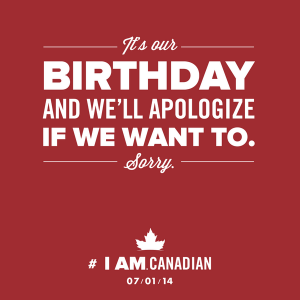Explain why the notion that cultures can be distinguished as either “oral culture” or written culture” is a mistaken understanding as to how culture works, according to Chamberlin and your reading of Courtney MacNeil’s article ‘Orality’.
*************************************************************************************************
The connection of oral culture and written culture is closely wound, while simultaneously being separate. That being said – we must not make the mistake of believing that it is an either or relationship. I think this mistake should not be made for one specific reason; evolution. Both Chamerblin & MacNeil touch on the effect of technology. Various forms (computers, tv, telephones, cameras) are reinventing what literacy and orality is by expanding the definition. While in many cultures, oraliy is the dominant art form – it is not the only form of expression. Efforts to separate speech from orality provides a more attractive alternative: that orality is not the opposition of writing, but rather the catalyst of communication more generally, which is part both writing and speech.
Today the way we communicate is not strictly speech or through written word, the various forms listed as well as media outlets. Orality is the worlds global village of modern media – therefore we must recognize all of the mediums diverse functions serve the practical purpose of knowledge exchange (MacNeil, 2003). The global arena for this is made possible through both the media and the technology used in our day to day lives. Chamberlain expands on this idea and (2013) explains that “computers oscillation between reader and write, which reintroduces the oscillation between literate and oral coordinates that stands at the center of classical western literature”.
Both of these examples highlight why saying a culture is either ‘oral’ or ‘written’ is too narrow. Especially with the expanding and evolving scope. That being said, understanding that they are not the same, but they are connected, they support each other is important. This has never been more evident than with computers and how their presence encourages fusion within the pluralistic realm of the global village. In terms of distinguishing a culture specifically on their oral or written habits is also a narrow view. Not only is there more to a culture than that, but as I have expressed so much in this post, these two are really interconnected. It is hard for one to exist without the other, therefore it would not be prudent to pick one or the other to evaluate,
Works Cited
Chamberlin, Edward. “Interview with J. Edward Chamberlin”. Writer’s Café. Web April 04 2013.
MacNeil, Courtney. “The Chicago School of Media Theory Theorizing Media since 2003.” The Chicago School of Media Theory RSS. N.p., 2003. Web. 12 Aug. 2016.
TEDxTalks. “Creating Critical Thinkers through Media Literacy: Andrea Quijada at TEDxABQED.” YouTube. YouTube, 19 Feb. 2013. Web. 12 Aug. 2016.
TEDxTalks. “Creating Critical Thinkers through Media Literacy: Andrea Quijada at TEDxABQED.” YouTube. YouTube, 19 Feb. 2013. Web. 12 Aug. 2016.

